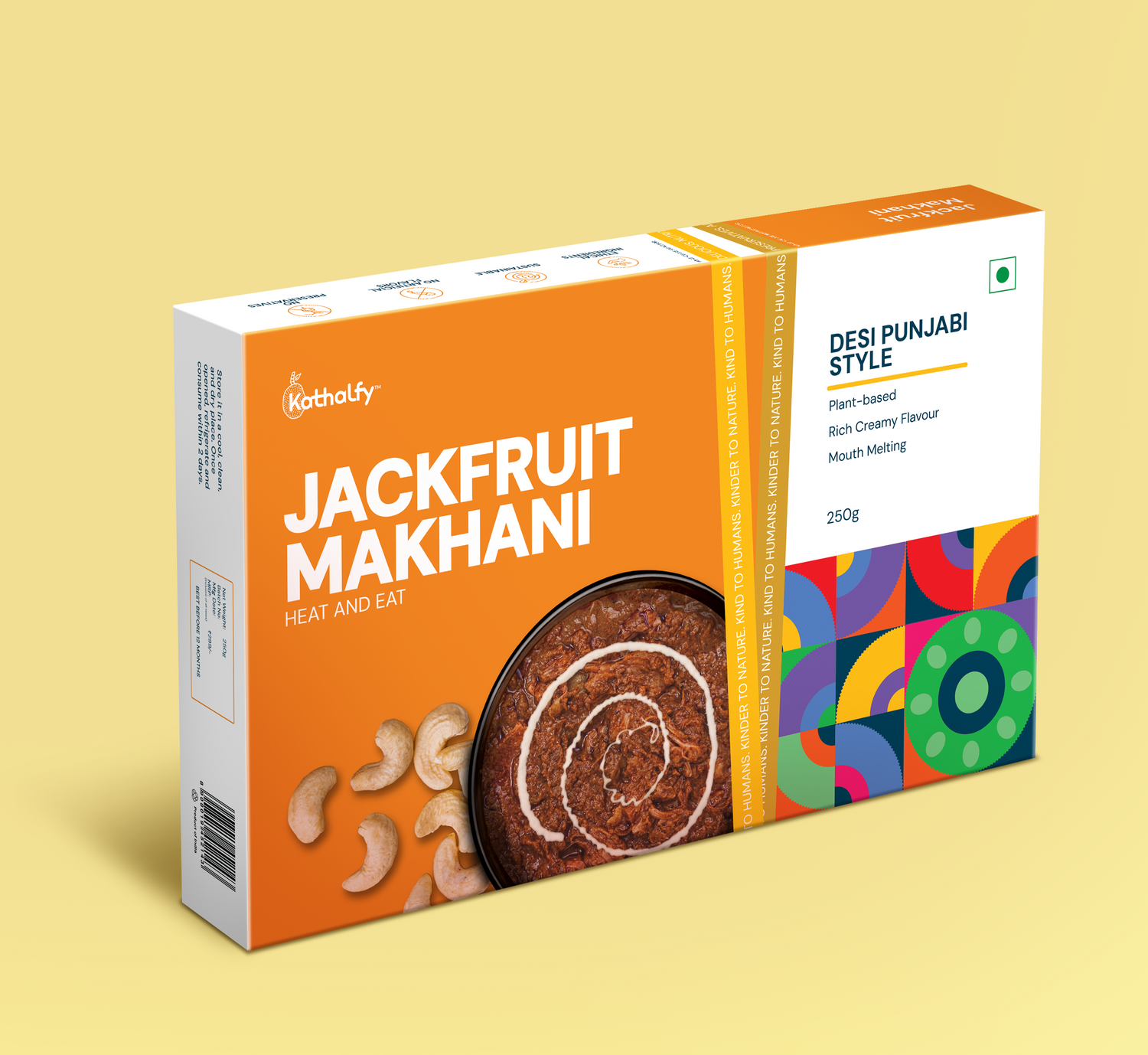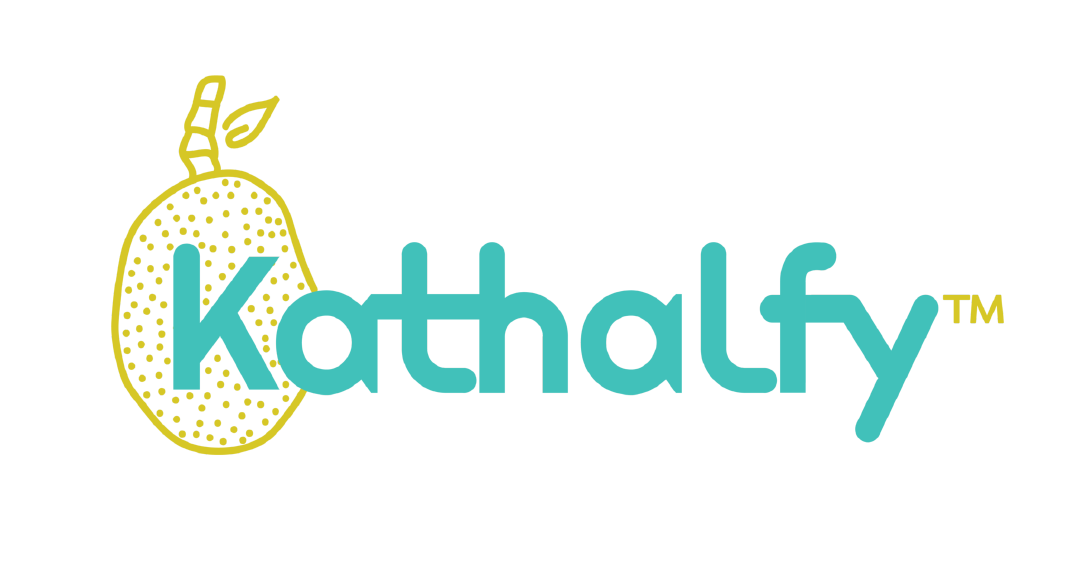When it comes to the food we consume, there is a growing trend towards transparency and clean eating. People are becoming more conscious about what they put into their bodies and are seeking out products with clean labels. But what exactly does "clean label" mean and why is it important? In this blog post, we will explore the concept of clean label and its significance in today's health-conscious society.
What is a Clean Label?
A clean label refers to a food product that contains minimal, simple, and recognizable ingredients. It is free from artificial additives, preservatives, and chemicals. Clean labels are often associated with organic, natural, and whole foods. They provide consumers with the assurance that the product they are purchasing is made with high-quality ingredients and is free from unnecessary or potentially harmful substances.
The Benefits of Clean Label
1. Improved Health: Clean label products are typically made with wholesome ingredients that are beneficial for our health. They are often lower in sugar, sodium, and unhealthy fats, making them a healthier choice for consumers.
2. Allergen-Friendly: Clean label products are more likely to be free from common allergens such as gluten, dairy, and soy. This makes them suitable for individuals with food sensitivities or allergies.
3. Environmental Impact: Clean label products are often produced using sustainable and eco-friendly practices. They are more likely to be sourced from organic farms, which prioritize soil health, biodiversity, and water conservation.
4. Transparency: Clean labels provide consumers with the information they need to make informed choices about the food they consume. By listing all the ingredients on the label, consumers can easily identify any potential allergens or substances they wish to avoid.
How to Identify a Clean Label
1. Read the Ingredients List: Look for products with a short list of ingredients that are easy to understand and pronounce, ingredients which sound familiar to other daily used items. Avoid products that contain artificial additives, preservatives, or chemicals.
2. Look for Certifications: Some products may carry certifications such as "USDA Organic" or "Non-GMO Project Verified," indicating that they meet certain standards for clean and sustainable production.
3. Do Your Research: Take the time to research the brand and their commitment to clean label practices. Look for brands that prioritize transparency and have a reputation for producing high-quality, clean products.
The Future of Clean Label
As consumers become more health-conscious and environmentally aware, the demand for clean label products is expected to continue to rise. Food manufacturers are recognizing this trend and are adapting their practices to meet consumer expectations. In the future, we can expect to see more clean label options available in grocery stores and restaurants, making it easier for consumers to make healthier and more sustainable choices.
In conclusion, clean label products offer numerous benefits for our health, the environment, and our overall well-being. By choosing clean label options, we can take control of our diets and make choices that align with our values. So next time you're shopping for groceries, take a closer look at the label and opt for clean, wholesome ingredients that nourish your body and support a healthier planet.
Kathalfy is a clean label brand offering options from breakfast items to dinner meals, and desserts too!


